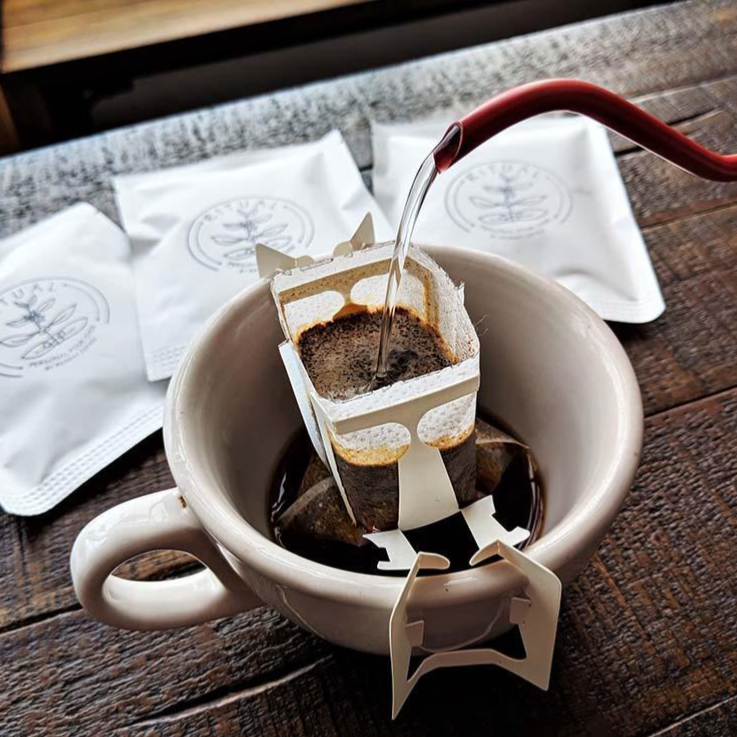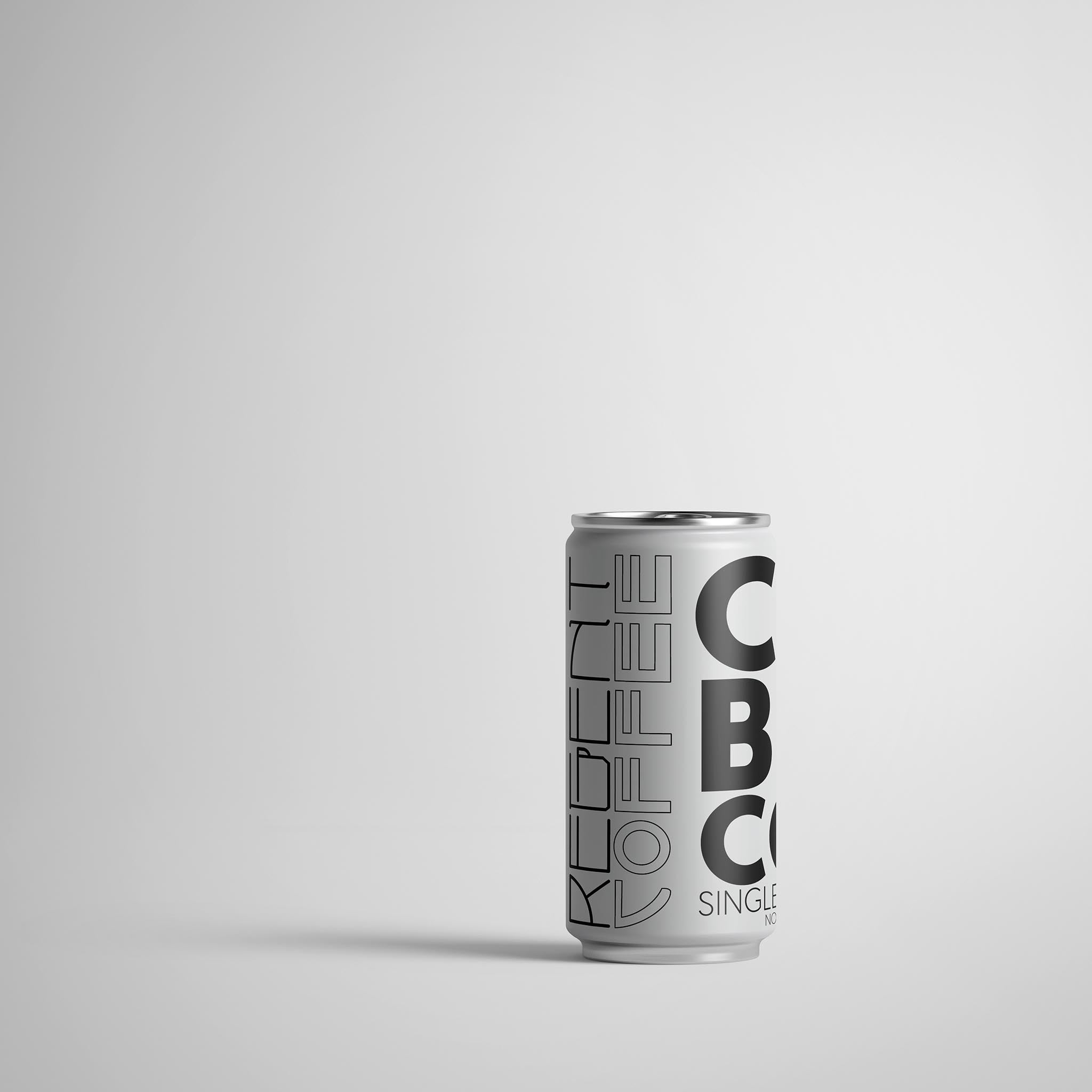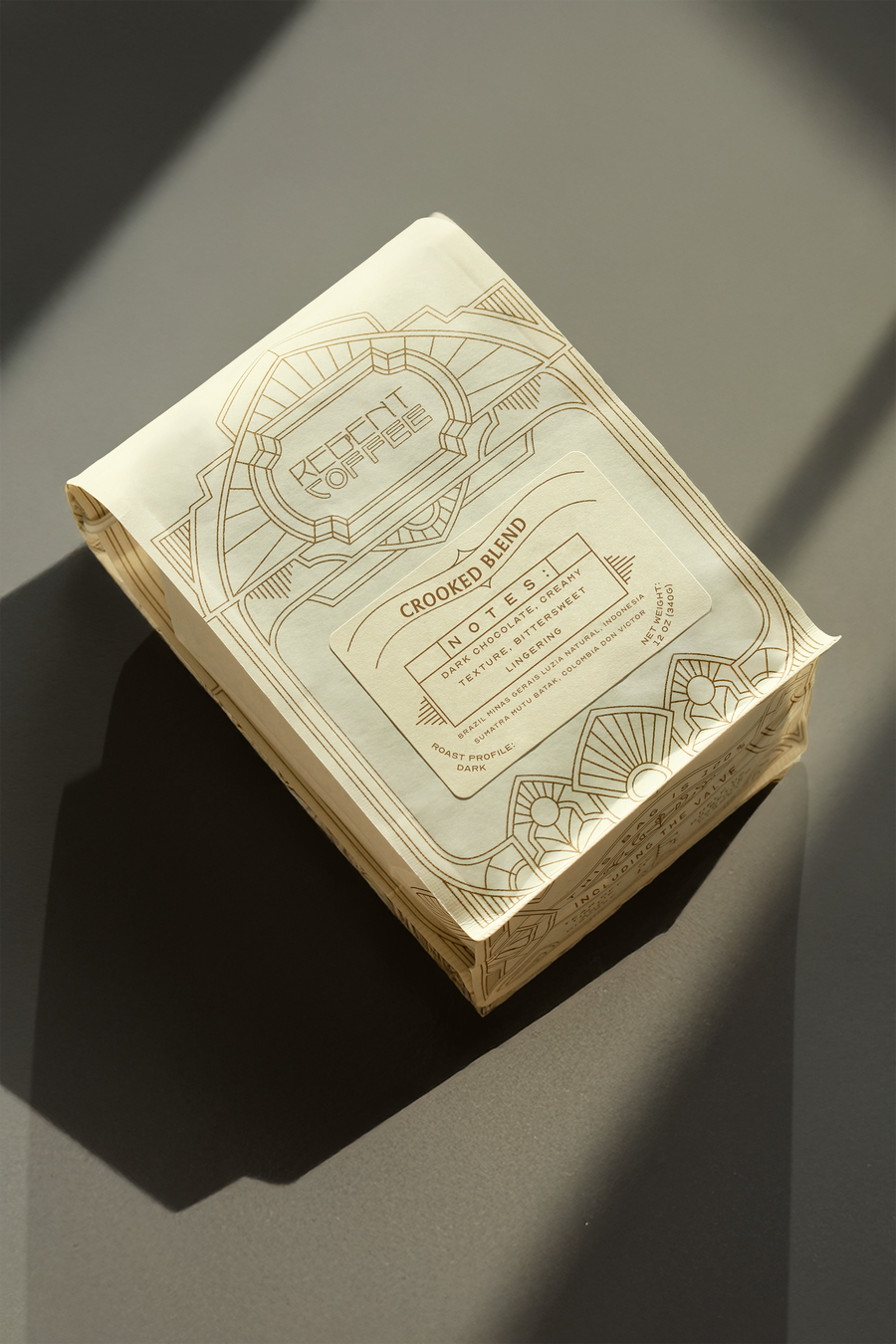The Maillard Reaction: Why Green Beans Turn Brown During Roasting
The main reason green coffee beans turn brown during roasting is that they're undergoing a series of chemical reactions. It's like they're throwing a wild coffee rave, and the heat is the DJ that's making them move and groove.
During roasting, the heat causes the beans to release moisture, which causes them to expand and break down. The beans start to crackle and pop like a bowl of rice crispies. This is called the "first crack" and it's like the coffee equivalent of a drum solo.
 As the beans continue to roast, the heat causes chemical reactions to occur, and the color starts to change from green to yellow, to a beautiful golden brown, and finally to a delicious dark shade of brown. It's like the coffee beans are putting on a fashion show, and the heat is their runway.
As the beans continue to roast, the heat causes chemical reactions to occur, and the color starts to change from green to yellow, to a beautiful golden brown, and finally to a delicious dark shade of brown. It's like the coffee beans are putting on a fashion show, and the heat is their runway.The beans turn brown because of something called the Maillard reaction. This is a fancy scientific term that basically means: heat causes the sugars and amino acids in the beans to react and create new flavors and aromas. It's like the beans are having a flavor party and everyone's invited.
So, when you roast green coffee beans, you're not just changing their color - you're unlocking a whole world of flavors and aromas. It's like you're transforming a shy little bean into a confident and flavorful cup of coffee.To summarize, the main reason green coffee beans turn brown during roasting is because they're undergoing a series of chemical reactions. The heat causes the beans to release moisture and undergo the Maillard reaction, which creates new flavors and aromas. So the next time you drink a delicious cup of coffee, remember... it's not just a drink - it's a wild coffee rave!






Leave a comment